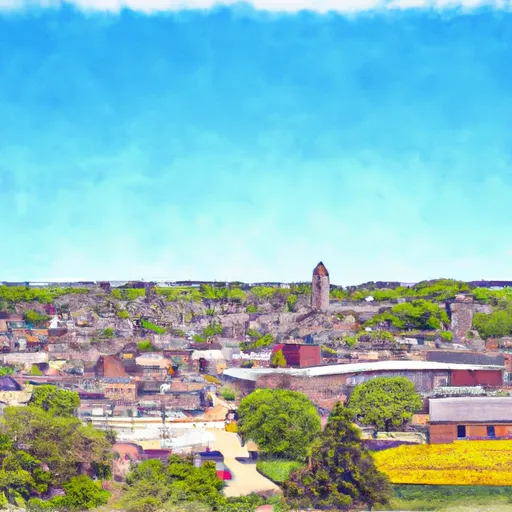°F
°F
mph
Windspeed
%
Humidity











Kensett, Iowa is a small town located in Worth County, in the northern part of the state. The climate in Kensett is considered to be a humid continental climate, characterized by hot, humid summers and cold, snowy winters. The average temperature ranges from around 20°F (-6°C) in winter to 85°F (29°C) in summer.
When it comes to hydrology constituents, Kensett is situated within the Rice Lake Watershed. The area is home to several lakes and rivers, including Rice Lake, Rush Lake, and the Winnebago River. These water bodies provide opportunities for fishing, boating, and other water-related activities.
In terms of outdoor recreation, Kensett and its surrounding areas offer various opportunities for nature enthusiasts. The nearby Rice Lake State Park is a popular destination for hiking, camping, bird-watching, and picnicking. The park's diverse ecosystem supports a wide range of wildlife, making it an ideal location for nature observation.
In summary, Kensett, Iowa experiences a continental climate with distinct seasons. It is surrounded by lakes and rivers, providing opportunities for water-based activities, and is in close proximity to Rice Lake State Park, offering various outdoor recreational opportunities.
Weather Forecast
Kensett receives approximately 859mm of rain per year, with humidity levels near 81% and air temperatures averaging around 8°C. Kensett has a plant hardyness factor of 5, meaning plants and agriculture in this region thrive during a short period during spring and early summer. Most plants will die off during the colder winter months.
Regional Streamflow Levels
14
Cubic Feet Per Second
63
Cubic Feet Per Second
45
Cubic Feet Per Second
100
Cubic Feet Per Second
Nearby Camping
| Camping Area | Reservations | Toilets | Showers |
|---|---|---|---|
| Isanti County Fairgrounds | |||
| Brookfield City Park | |||
| American Legion Park - Warba | |||
| Pershing State Park | |||
| Unionville City RV Park | |||
| Elk Rock State Park |



